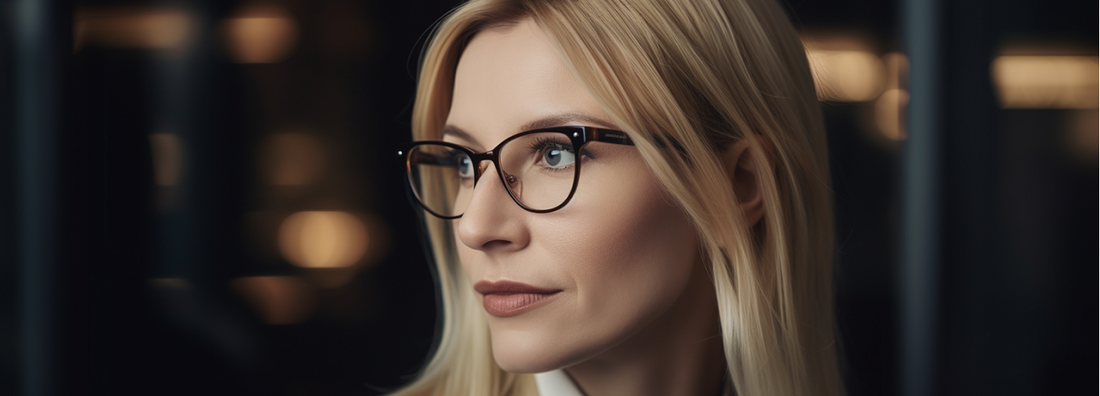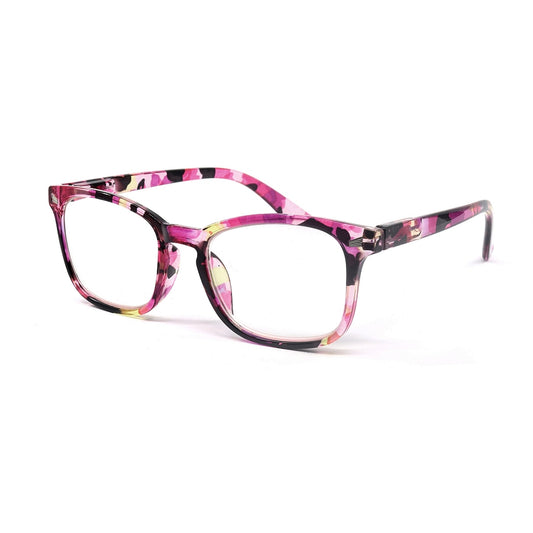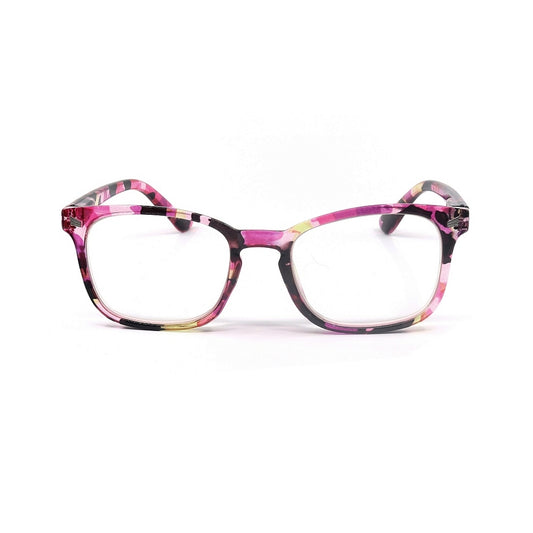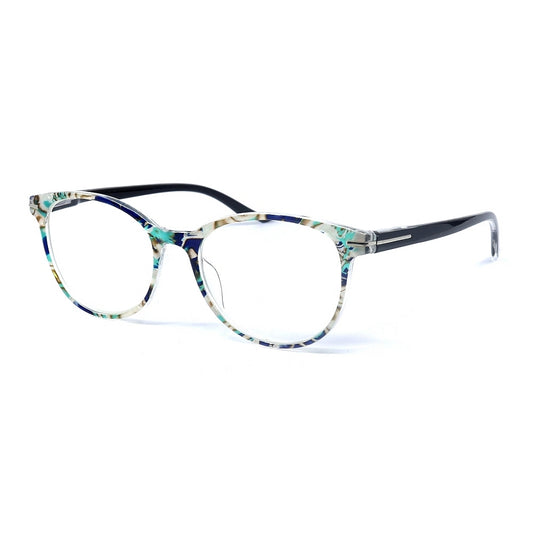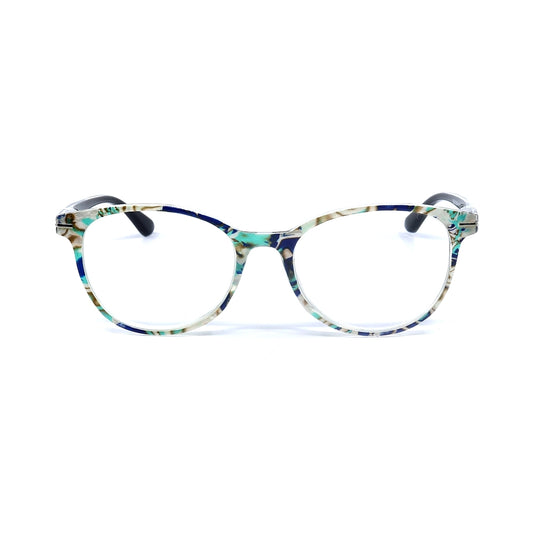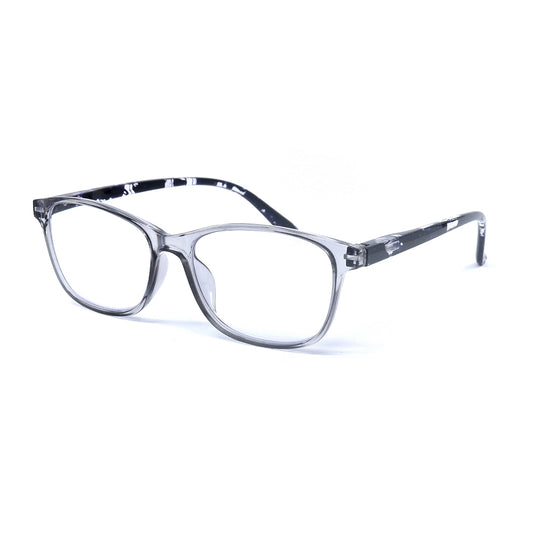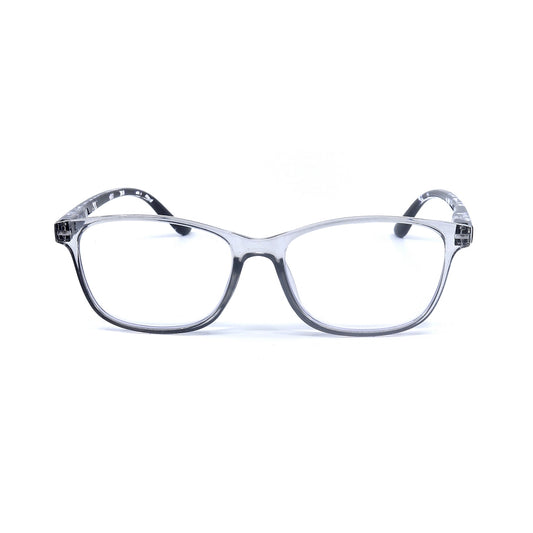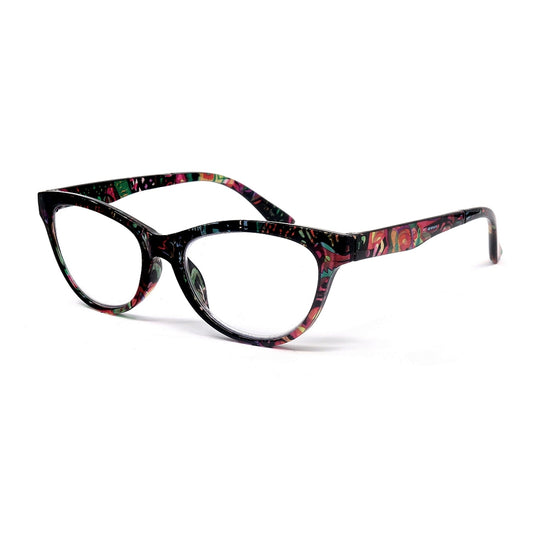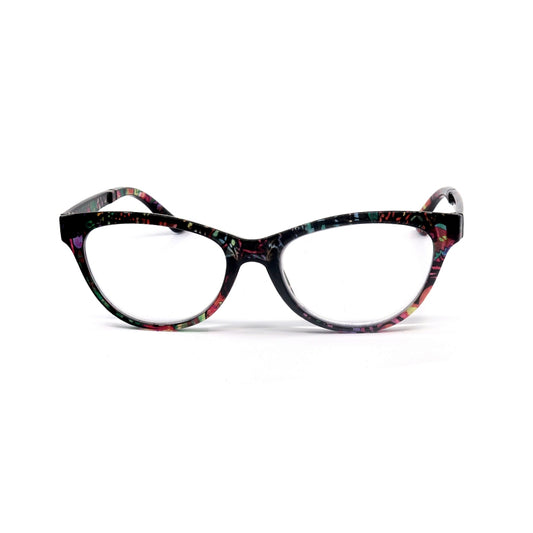Have you noticed that restaurant menus and fine print have become a bit of a struggle to read of late? You're probably experiencing presbyopia. But don't worry, there's a simple solution to make your life a whole lot clearer: magnified reading glasses.
What is presbyopia?
Presbyopia is a natural part of aging in both men and women, and it typically pops up as we hit our early 40’s and then progressively worsens as we make our way into our 50’s and beyond. The word itself is derived from two Greek words: "presbys," which means "elder," and "opia," meaning "sight." So, in essence, presbyopia rather cruelly translates to "old people's vision" but it’s a thing that happens to all of us so don’t let the name get you down.
On the technical side, the lens inside your eye is a clear, flexible structure that changes shape to help focus light onto the retina, the light-sensitive tissue at the back of your eye.
When you look at something up close, like a book or your smartphone, your eye muscles contract, changing the shape of the lens and allowing you to focus. As we age, our eyes undergo changes, and one of them is a decrease in the flexibility of the eye's lens reducing its ability to change shape easily.
This change in flexibility means that when you try to focus on something close, your lens can't adjust as efficiently as it used to, making it increasingly difficult for our eyes to focus on objects up close, and close-up tasks like reading, sewing, or checking your phone become blurry.
The Solution: Magnified Reading Glasses
Now, here's where magnified reading glasses come to the rescue by giving your eyes a boost in focussing power. They are specifically designed to compensate for the loss of near vision caused by presbyopia using "single vision” lenses that are fully magnified to assist in restoring your focus ability without straining your eyes or holding things at arm's length.
The magnified lenses increase the size of the text or objects you're looking at, by increasing the apparent size of whatever you’re looking at which compensates for the reduced focusing ability of your aging eyes.
The magnification level is measured in "diopters", with the most common diopter levels being from +1.00 to +3.00 in half-diopter increments, with the higher numbers providing the strongest amount of magnification. The maths is a bit tricky but +1.00 diopter lenses will make things look 1.25X bigger, +2.00 diopter lenses will increase the size by 1.5X, and +3.00 diopter lenses 1.75X larger.
While magnified reading glasses are a lifesaver for up-close tasks, they're not one-size-fits-all since the degree of presbyopia is often also distance-related. This means you might need a different diopter level for reading a book 25cm away than you do for your laptop screen 40cm away, so don't be afraid to experiment with different diopter levels to find what works best for your various tasks.
Style Meets Clarity
Now nobody said that clear vision can't be fashionable, so you’ll find reading glasses in all sorts of frames, shapes, and colors. Whether you prefer a classic look or want to make a statement with bold frames, there's a pair out there to match your personal style.
Problem Solved
When it comes to the hassles of presbyopia, magnified reading glasses can save the day, so don't let fine print get the better of you. Embrace the new-found clarity of a stylish and functional pair of magnified reading glasses.

